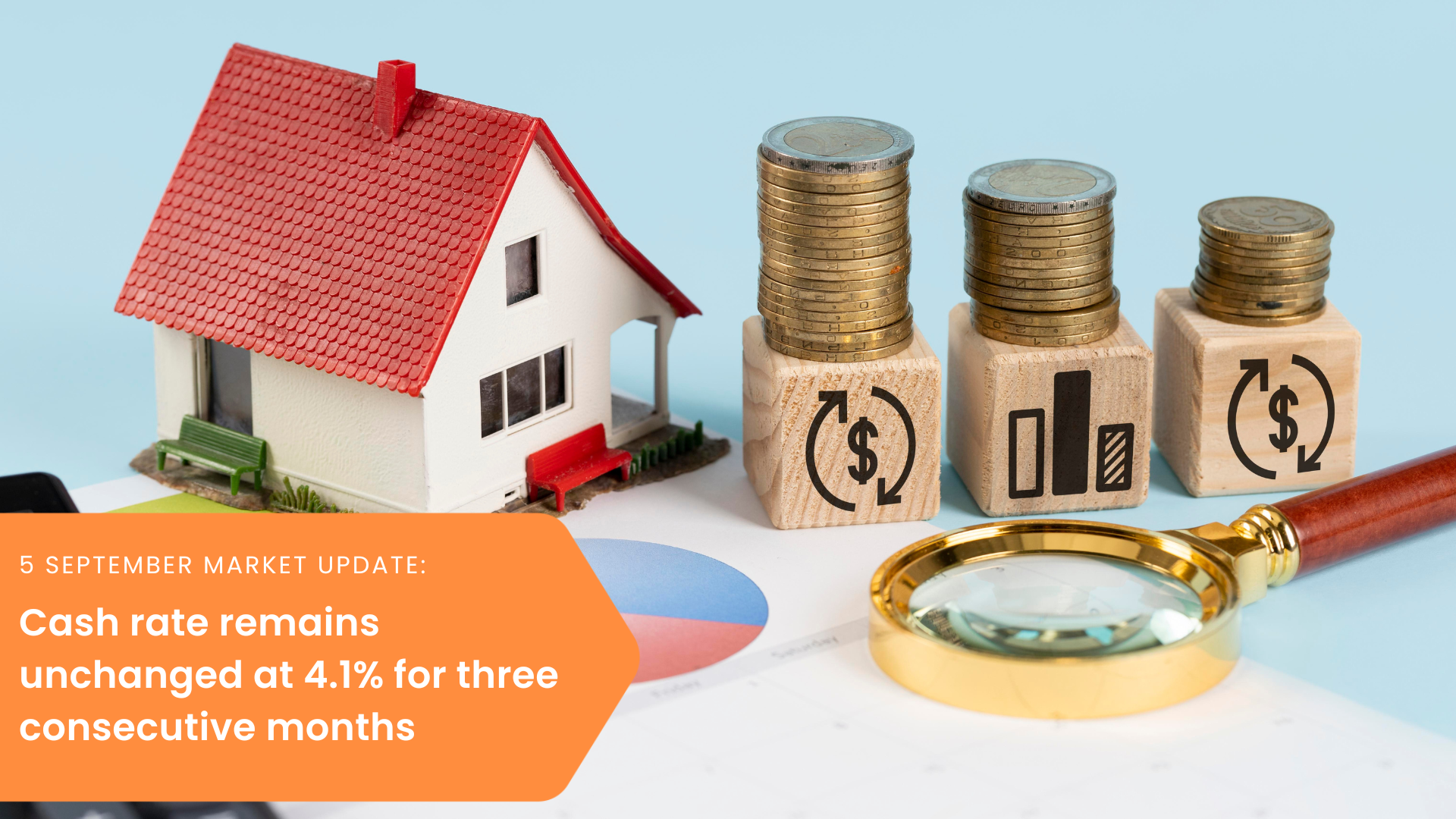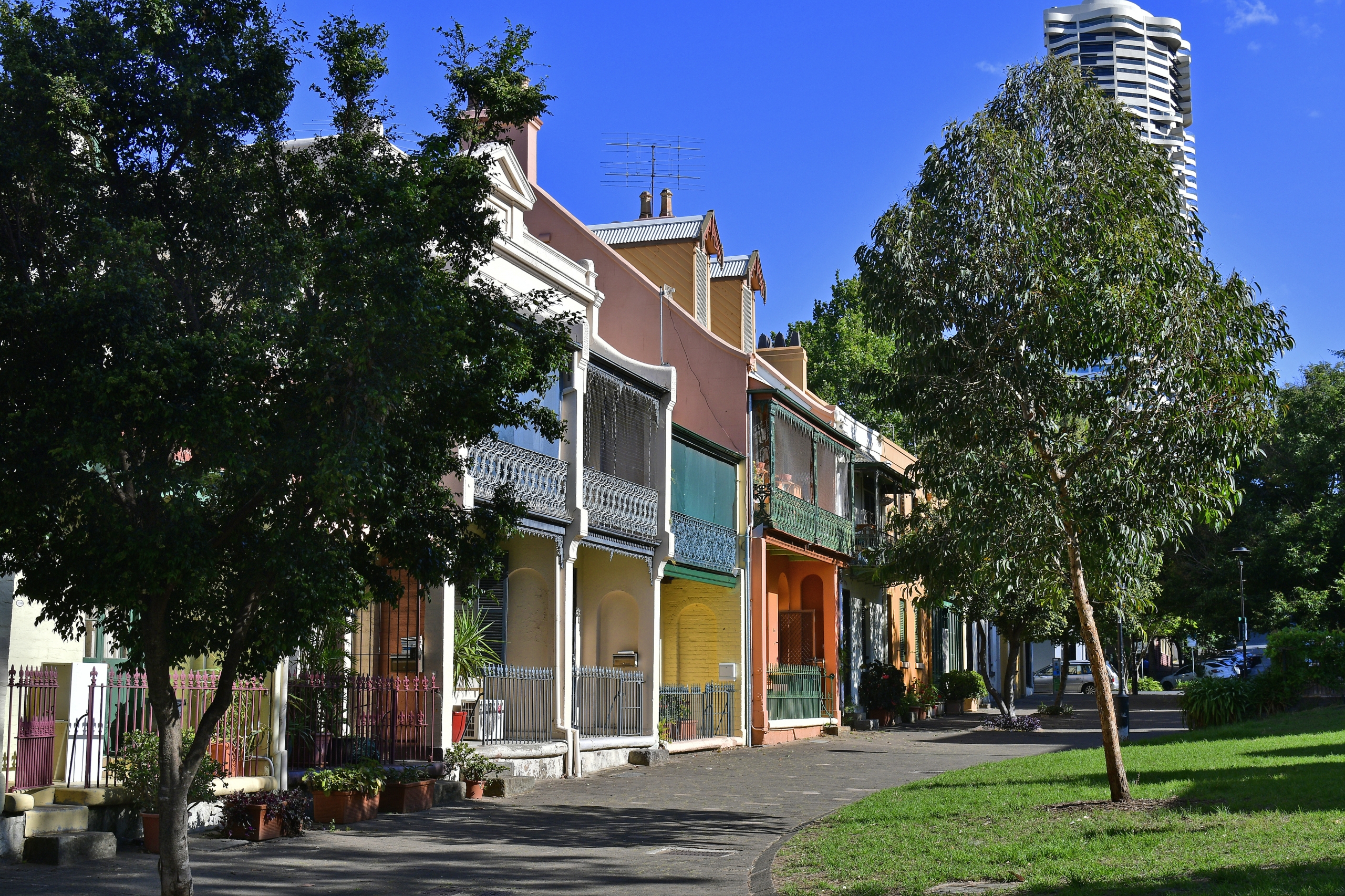When a central bank adjusts the cash rate, it can have serious repercussions for businesses and individuals, affecting interest rates, the ability to take out loans, and the spending power of individuals.
The RBA cash rate will likely climb into 2023. Find out all there is to know about central banks, cash rates, and what the future holds for the Australian economy.
Key Takeaways:
- A cash rate is the interest rate a central bank charges commercial banks for taking out loans.
- The RBA cash rate has increased eight times over 2022, sitting at 3.1 percent.
- Experts predict that the RBA cash rate will increase continuously, hitting 3.35 percent by February 2023.
What is a Reserve Bank?
A reserve bank, or central bank, is an institution that regulates a country’s currency and financial policies, overseeing the commercial banking system.
This means that a country’s central bank has a monopoly and is the only institution that can increase a country’s monetary base and cash rate.
In Australia, the central bank is the Reserve Bank of Australia (RBA).
What is a Cash Rate?
A cash rate refers to the interest rate a central bank (or reserve bank) charges commercial banks for taking out loans. This directly impacts the interest rates that consumers are offered since commercial banks alter their interest rates depending on the changes made by a central bank.
If a central bank increases the cash rate, commercial banks increase their own interest rates for borrowing money. Alternatively, if the cash rate falls, commercial banks decrease interest rates, and spending and loan withdrawal will increase as a result.
So, if the RBA cash rate hikes, this will directly impact the Australian economy and our individual spending power.
The Australian Cash Market
The Australian cash market refers to the market for overnight loans taken out between banks.
Four main aspects of the cash market manage the Australian cash rate. These are:
Quantity
The amount of ES balances, or cash, which banks utilise to make payments to the RBA and to one another.
Price
The cash rate, or interest rate, in the Australian cash market used for overnight loans between banks.
Supply
The supply of cash currently managed by the RBA. Prior to the coronavirus pandemic, the RBA was able to supply enough cash to meet their estimated demand. However, post-covid, the supply of cash has forcibly increased.
Demand
The demand refers to the demand for cash from Australian commercial banks, stemming from the need to make payments. The RBA does this through debiting and crediting their accounts. To maintain cash levels, the RBA estimates the demand for ES balances each day.
Will the RBA cash rate climb?
The RBA cash rate increased eight times throughout 2022 and is more likely to increase again into 2023. As of 6 December, the RBA cash rate sits at 3.1 percent and has risen by 25 base points, putting it at the highest level since 2012.
This is due to a rise in inflation, which has increased by 6.9 percent since the beginning of 2022. A rise in inflation is due to global issues such as excessive spending by governments during the coronavirus pandemic, increasing energy prices, and the war between Russia and Ukraine.
It’s predicted that the RBA cash rate will hike to as much as 3.35 percent by February 2023.
Why does the Central Bank change the cash rate?
Central banks change the cash rate as a method to curb spending and, in turn, inflation. Since taking out loans becomes more expensive and the prices of goods and services increase, people are far less likely to spend money excessively.
Here are some of the main effects of a change in the cash rate:
Interest rates
A cash rate increase causes a hike in interest rates on deposits, mortgages, and loans.
Financial markets
If the spending power of businesses and individuals is negatively affected by a hike in the cash rate, the financial market will suffer, since borrowing is more expensive.
More savings account
Since people are less likely to borrow and spend, they’ll be more interested in setting up savings accounts in case of financial difficulties.
Price increases
Because individuals are spending less money, the prices of goods and services are likely to increase.
Don’t let the hiking RBA cash rate hold you back
Although the RBA cash rate will likely increase in the coming year, it doesn’t have to affect your personal finances. If interest rates are causing stress, check out our loan offers for peace of mind. Speak to a trusted mortgage broker about home loans and other financial advice.
Get the latest news and updates from Lendstreet
Join and subscribe to our newsletter.
FAQs
What is the current cash rate from the RBA?
The current RBA cash rate is 3.1 percent.
Is the RBA going to increase the interest rate?
Yes, experts predict that the RBA will increase interest rates for commercial banks to 3.35 percent by February 2023. Interest rates could continue to increase next year, depending on global socio-economic changes.
How does the RBA change the cash rate?
The RBA changes the cash rate by buying and selling bonds in exchange for cash. Because of this, the supply of cash on the market changes and directly affects interest rates for commercial banks.
What happens when the RBA increases the cash rate?
When cash rates climb, commercial banks will react by raising interest rates for businesses and individuals in order to encourage them to deposit money in savings accounts rather than spending excessively.
Is it good if the cash rate goes up?
An increase in the cash rate is deemed negative for individuals and businesses since it becomes more difficult to secure loans. Spending power also decreases, while the cost of goods and services goes up as a result.
Related articles
Attention homeowners: the Reserve Bank of Australia (RBA) has recently decided to maintain the cash rate target at 4.10 ...
The Reserve Bank of Australia (RBA) has announced that it will keep the official cash rate unchanged at 3.6%, ...
According to the Economist Intelligence Unit’s (EIU)Worldwide Cost of Living report last December, Sydney is the tenth most expensive ...









